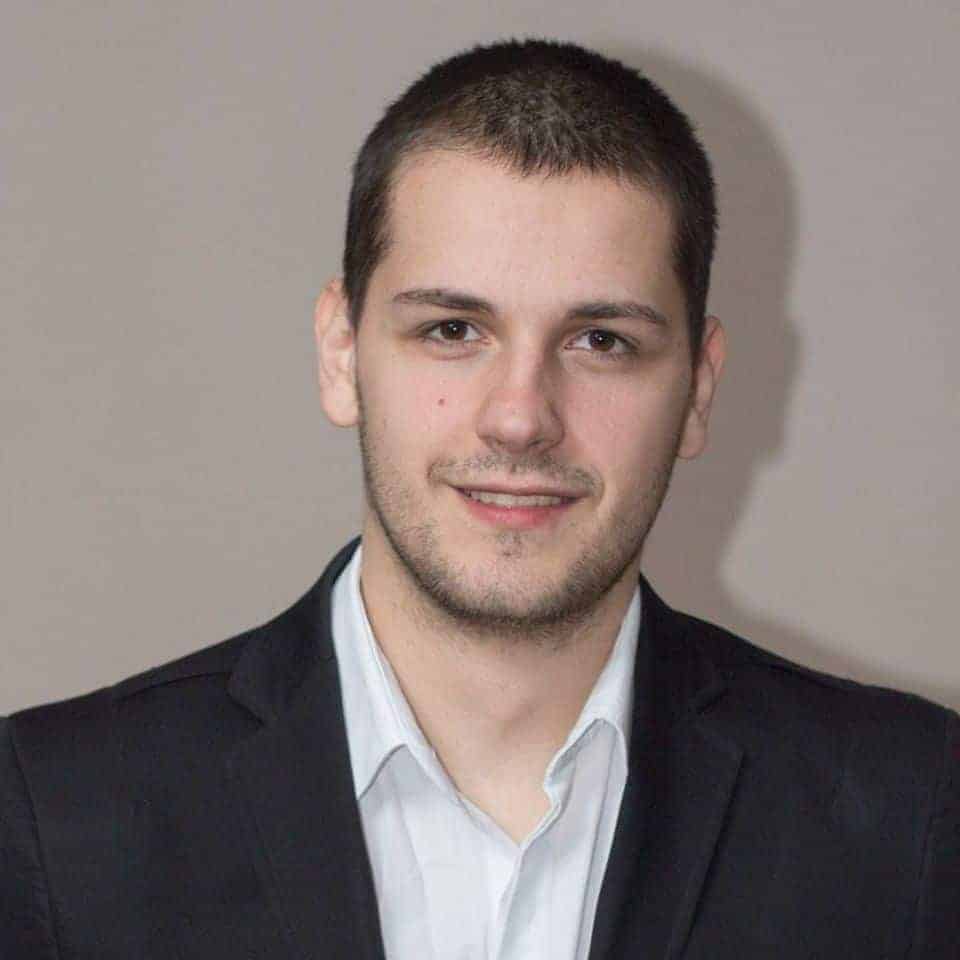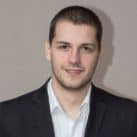
Sherry Russell is a Registered BCST Practitioner and Certified Yoga Teacher who kindly agreed to an interview with Mystic Mag. We learned more about how her career developed, what Biodynamic Craniosacral Therapy really is, and what can a person expect from practicing Yoga.
When did you first realize you had a gift?
On my second trip to India in 2007 I had a mystical experience in meditation, where for a brief moment, the existence of a higher state of consciousness was revealed. It was both breathtaking and frightening at the same time. Years later, I would experience a true connection to Self when the biodynamic energies of the mid-tide phenomenon were divulged through my teacher’s hands, further awakening my curiosities.
Connection to Self and higher consciousness are preliminary tools for BCST, (Biodynamic Craniosacral Therapy.) These events paved the way, igniting a sense of higher calling within me. I learned to harness the skills of resting deeply in the awareness of these potencies, listening and receiving frequencies in and around our beings. I believe we all have a gift. Through my connection with biodynamic healing, I felt I had “come home.”
What exactly is Biodynamic Craniosacral Therapy?
BCST is an energy-based practice that focuses on the body’s inherent capacity to seek wellness. Through light touch, therapeutic and supported guidance, energies are restored and blockages harmonized in and around the body.
This shift manifests as the client’s nervous system settles, allowing an energetic reemergence to occur, facilitating an increase of potency throughout the field. This reinstates new relationships within, bringing the client closer to the original blueprint preceding psycho, physio, and environmental traumas.
Could you describe one of your Biodynamic Craniosacral Therapy sessions?
Generally, sessions run around an hour, allowing time to settle, resource the client properly, before and after the session. I typically tune into the clients’ energies first at the side of the treatment table and then by lightly placing my hands on their feet. Once the client is adequately resourced, “Something happens,” according to Sutherland, (osteopath and founding teacher.)
There is a sense of a unified field, (three-body,) where the physical, fluid, and tidal bodies enter equilibrium. This is where the “magic begins.” Fulcrums, areas of inertia or blockages from other realms may appear.
As biodynamic practitioners, we wait for the primary issue to present itself, perhaps moving locally, working directly with the pattern. We listen deeply while connecting to our own three bodies, “holding the field,” supporting the client in the unraveling of potency. We allow space for the reintegration of the body, psyche, and consciousness as they reemerge with a new dance, perhaps to a different drum.
What results can a person expect from yoga?
I am a firm believer in “what you put into something is what you get out.” The founder of Ashtaga Yoga, Sri K Pattabhi Jois is famously known for saying, “Do your practice and all is coming.” I began a daily practice with this particular form of yoga in 2001.
Patanjali’s Yoga Sutra is an ancient text that clearly outlines the yogic path, as to where we may begin and what we might expect along this journey. In the west, we typically begin with Asana, (yoga postures.)
It is recommended to follow these five observances, (Yamas) non-violence, truthfulness, non-stealing, celibacy, and non-possessiveness. Five other principles, (Niyamas) are also encouraged, purity, (internal and external,) contentment, self-discipline, self-study, and devotion to God. Following these rules may be challenging in modern circumstances, the closer we follow, the easier the path, we try our best.
Yoga Sutra 1.2 states “Yoga is the suspension of the fluctuation of the mind.” What a wonderful concept! By practicing with dedication, having faith in the practice the thoughts of the mind will slow down. The body will inevitably become stronger and more flexible. Healthier as it eliminates toxins. Will find a greater sense of communion with higher consciousness. When we know ourselves through introspection we are better able to communicate with others. Clearing the pathway to exist in Nature, in communion, peacefully with all beings.
What is the most important detail in maintaining a relationship of mutual trust with customers?
There are a few qualities that I look for in a person when receiving services. I enjoy working with people who are highly skilled and on a dedicated path, exhibiting a sense of inquiry. People, who through their own learned experiences, have something unique to share.
Having a sense of humor and being an honest human being is crucial for me. I believe the most important detail in maintaining mutual trust in a working relationship is “do I feel safe and supported?” Can I trust this person has the necessary skills to carry me through this process?
What is the best part of your job?
Franklyn Sills, one of our brilliant senior teachers, is known for saying “when you give a session, you get a session.” This I have found to be true, I always feel happier, more connected, after a session. Being in the field with others is one of my favorite places to be.
For many years I have been passionate about helping others, especially children, find themselves, become more embodied. I feel blessed and eternally grateful to assist others in discovering their deepest mysteries within. There is no greater joy than witnessing a client’s transformation, their bright clear eyes, their relaxed state of being after a session.



